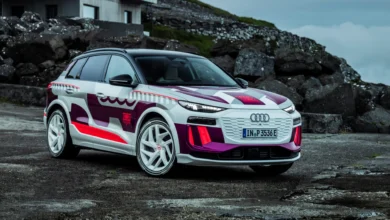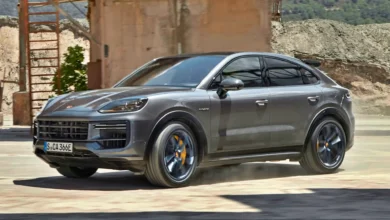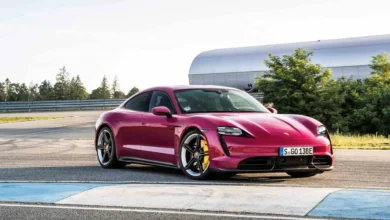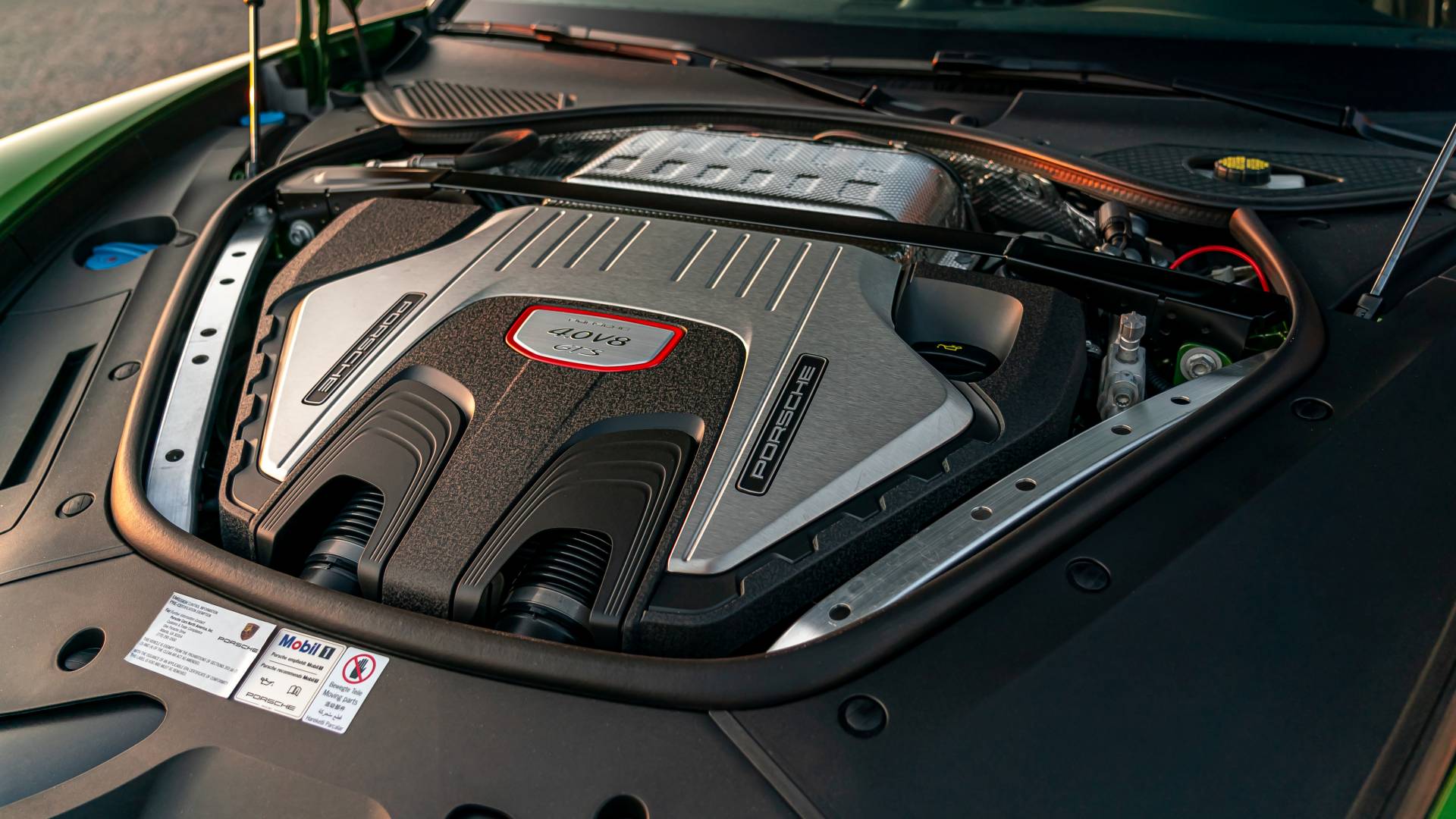
Hydrogen used as fuel has always lived in the shadows as a clean alternative to fossil fuels. Since it was decided that from 2035 combustion engines will not be able to be sold, the brands have not stopped trying to prevent this from being the case. Perhaps the law ends up allowing a gap in the market for synthetic fuel engines or other fuels. The Porsche Engineering division has been experimenting, virtually, with an engine derived from a production one, but powered by hydrogen, and the results are not bad at all.
At Porsche they have started from the digital plans of a 4.4-liter V8, modifying it to be powered by hydrogen. The first step has been to increase the compression ratio due to the quality of the fuel. In order for the engine to maintain as few emissions as possible, it needs about twice as much air as its petrol counterpart, which is why supercharging has been used. But it is not as simple as making a “cut-paste” of the turbochargers of a sufficiently large gasoline engine, the exhaust gases generated do not have enough force to move the blades of the turbocharger. The solution to all this is that the intake part of the turbocharger has a large flow, to supply the engine with all the air it needs. For its part,
After testing various configurations, the most efficient solution found by Porsche Engineering was to use two electric wastegate turbochargers with two power stages. Let’s explain this: the intake air reaches the turbocharger at room temperature by the suction exerted by it and is compressed. This compressed air, which has increased its temperature due to the compression process, is conducted through an air-water radiator to be cooled. Subsequently, the compressed and cooled air undergoes another compression phase before being directed to the engine. In a simplified way, these turbochargers consist of two different (and separate) intake stages and one exhaust stage, it is as if we had two intake snails connected to the same exhaust snail by a single axis.
The sharp sound of the turbochargers together with that of the V8 could have been masterful
Simulation has shown that this V8 engine with two turbochargers has an output of 598 hp. At Porsche Engineering they have not been satisfied with this, they have “mounted” this engine in a “segment reference vehicle with a total weight of 2,650 kg”, virtually of course. This puts it 100kg above the Cayenne Hybrid and it has been virtually taken for a spin around the Nürburgring circuit to get an idea of its performance. We won’t have a video of this roaring hulk, but he has stopped the timer at 8 minutes and 20 seconds, not bad for his segment.
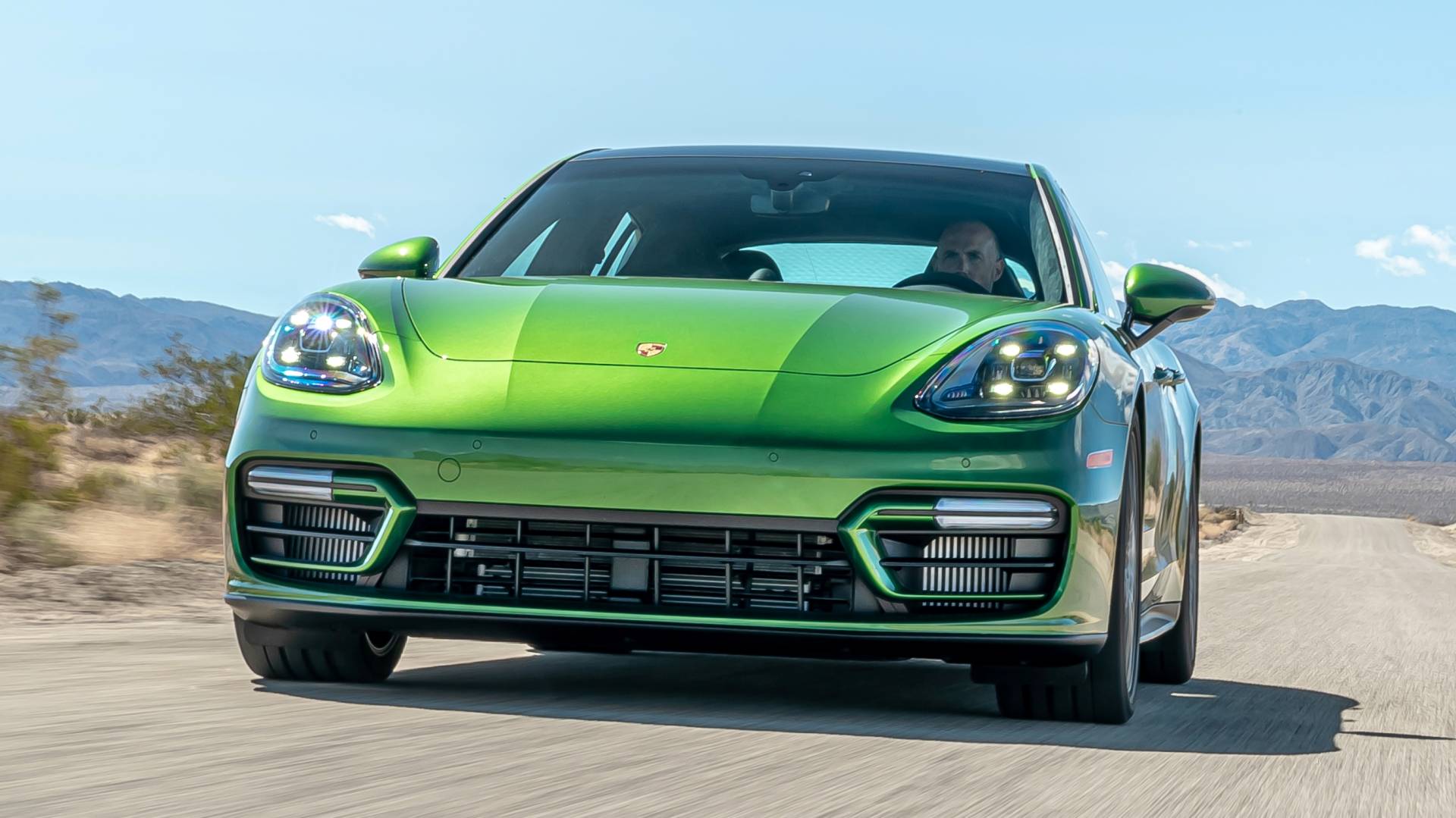
The exhaust does not emit CO2 and Porsche says that the gases emitted are similar to ambient air despite containing some hydrogen oxide. They assure that they can lower the levels of this to pass the strict EURO 7. The production costs are similar to those of a gasoline vehicle, but the viability of the project in the face of a street model is nil. Legislation and current production models have deprived us of seeing a hydrogen Porsche on the street, at least for the moment, perhaps they will use what they have learned for a competition model and we can hear it roar.
